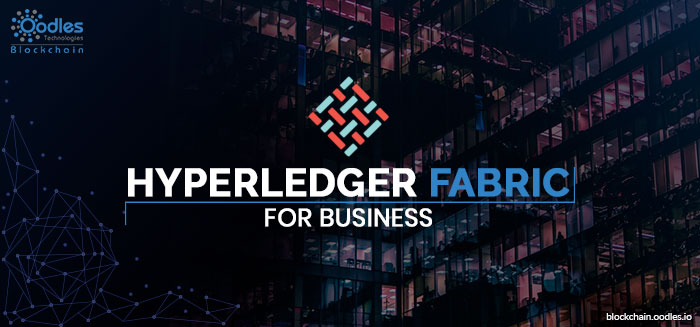-
There are several unprecedented advantages to using Hyperledger fabric to develop your blockchain project. Based on the open-source coding concept, the Fabric allows developers to meet with industry experts and business clients to form a neutral community. Further, the established community analyzes, discusses, finds, and promotes inventive outcomes based on the DLT (distributed ledger technology).
Basically, Hyperledger Fabric's unique infrastructure for developing enterprise blockchain ushers in three layers of members; they can contribute as much as they want and be able to, in return, utilize the benefits that will help advance and uplift their and other people's businesses.
In spite of the review for placing limitations on what should be a completely decentralized method of exchanging digital values (the core feature of blockchain), it's not hard to comprehend the business logic behind permissioned blockchains or permissioned distributed ledgers. On the other hand, distributed ledgers that employ permissionless distributed ledgers involve extended development time as they ask for absolute node consensus. This means everyone in the network must have to verify that they are fine with a certain change in the facts.
For instance, a manager needs to ask all branch managers (or employees) in a global enterprise whether they confirm a 10 percent reduction in travel incentive for branch X; the time it will consume to verify and confirm the fact in a completely distributed ledger might not justify the time and the costs invested.
Generally, entrepreneurs establish communities and businesses with similar vested interests. It's nearly impossible to gather everyone and bring them on the same page. Thus, it's vital to execute mechanisms that proposed trust that most industry players can relate to, the same lowering the costs and the time involved in redundant work.
Here, Hyperledger Project presents itself as the best alternative that balances the permissioned versus permissionless. It exploits the best from the distribution and the worst from scalability along with being anonymous in the shared networks.
Hyperledger Fabric: Invitation-Only And No Cryptocurrency
Hyperledger Fabric creates permissioned distributed databases based on an invitation. In this way, it makes it similar to the traditional exchanges used for goods and services, where some previous sources of trust manage identities.
This results in reduced time for executing a transaction because there's no need for each node in a network to oversee and verify the change. Hyperledger framework uses classified modular software architecture and offers simple APIs that enterprises can tweak and use to enhance specific operations. Also, the code modules developed on the Hyperledger Projects are interoperable and distinct from the Ethereum code based on the solidity development resources.
And probably the most significant difference between Bitcoin and Ethereum on one side, and Hyperledger on the other is it does not own any cryptocurrency.
The Processes of Hyperledger Fabric:
Consensus-as-a-service mechanism
It utilizes a consensus as-a-service mechanism, which is a key characteristic of DLS (distributed ledger systems) - in which it requires the majority of the participant in a network to agree about the condition of a database based on the previously agreed set of immutable criteria, facts, and rules.
Three types of transactions
To execute operations, Hyperledger's architecture has three types of transactions; deploy, invoke, and query.
Transactions should be encouraged by the peers in the network. They need to verify that the proposal is properly formed, and never used in the past and that the signature and submission agent is permitted to sign and submit to proceed with the request.
Transactions can happen only when the validation process is successful and verified by an authorized peer signature.
Conclusion:
The most valuable part of using Hyperledger Fabric is that it, among various benefits, provides confidentiality, or the opportunity to work with shared transactions only with a few participants in a network. As opposed to Ethereum, it, however, lacks a build consensus option as a proof-of-work, as well as doesn't own any cryptocurrency.
Currently, many blockchain development companies are still exploring which skill sets to develop. And the Hyperledger projects are already being used by various industry players in finance, retail, education, healthcare, and transport.

Our Offices
INDIA
Emaar Digital Greens, Sector 61,
Gurugram, Haryana
122011.
Welldone Tech Park,
Sector 48, Sohna road,
Gurugram, Haryana
122018.














